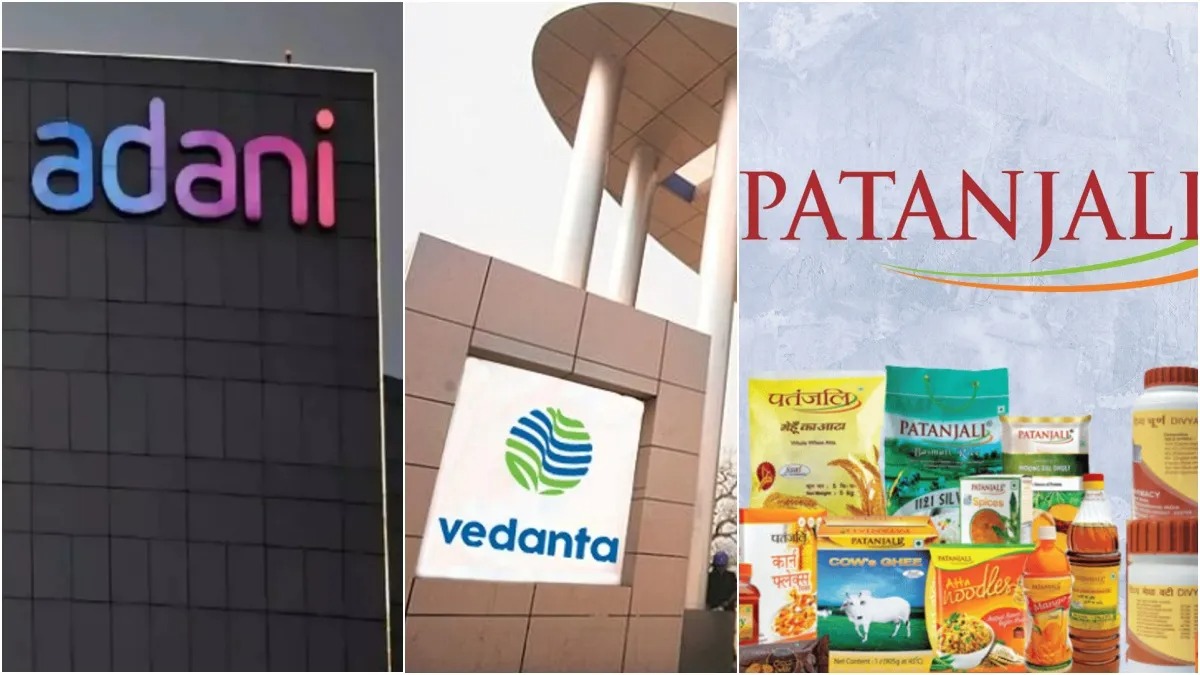
Uday Kotak, Asia’s richest banker and founder of Kotak Mahindra Bank, has voiced serious concerns over a growing deposit crisis in India’s banking sector. In a post shared on social media platform X (formerly Twitter), Kotak said that banks are struggling to maintain healthy margins due to slow growth in retail deposits, forcing them to rely on expensive wholesale deposits.
"If the deposit shortage continues, it will put the banking business model in danger," he warned.
Decline in Saving Habits Worsens Deposit Growth
Kotak attributed the deposit crisis to a decline in household saving habits.
Increasingly, young earners are choosing spending and alternative investments over traditional savings in bank accounts or fixed deposits (FDs).
As a result, retail deposit growth has stagnated, pushing banks to raise funds via wholesale deposits, which come with higher interest costs.
Negative Margins Due to High Funding Costs
Kotak explained that banks are now facing the burden of negative lending margins.
For example:
Banks may borrow at 9% through wholesale channels.
After adding operational costs, including:
Cash Reserve Ratio (CRR) – a portion of deposits kept with the RBI without interest,
Statutory Liquidity Ratio (SLR) – mandatory investments in government securities,
Deposit insurance,
Priority sector lending obligations,
They still have to offer home loans at floating rates of 8.5%, resulting in a 0.5% negative spread.
Repo Rate Expected to Fall, Adding More Pressure
Kotak further noted that the broader banking system is under pressure as retail deposit growth remains slow, and repo rate cuts are expected.
Most economists predict a 0.25% cut in April, following the February 2025 cut to 6.25% by the RBI.
This potential rate cut will force banks to lower lending rates while still managing high costs, tightening margins even further.
Uday Kotak’s remarks have sparked a larger debate on the sustainability of India’s current banking model, highlighting the need for structural changes in deposit mobilization and interest rate management.

 Share
Share






